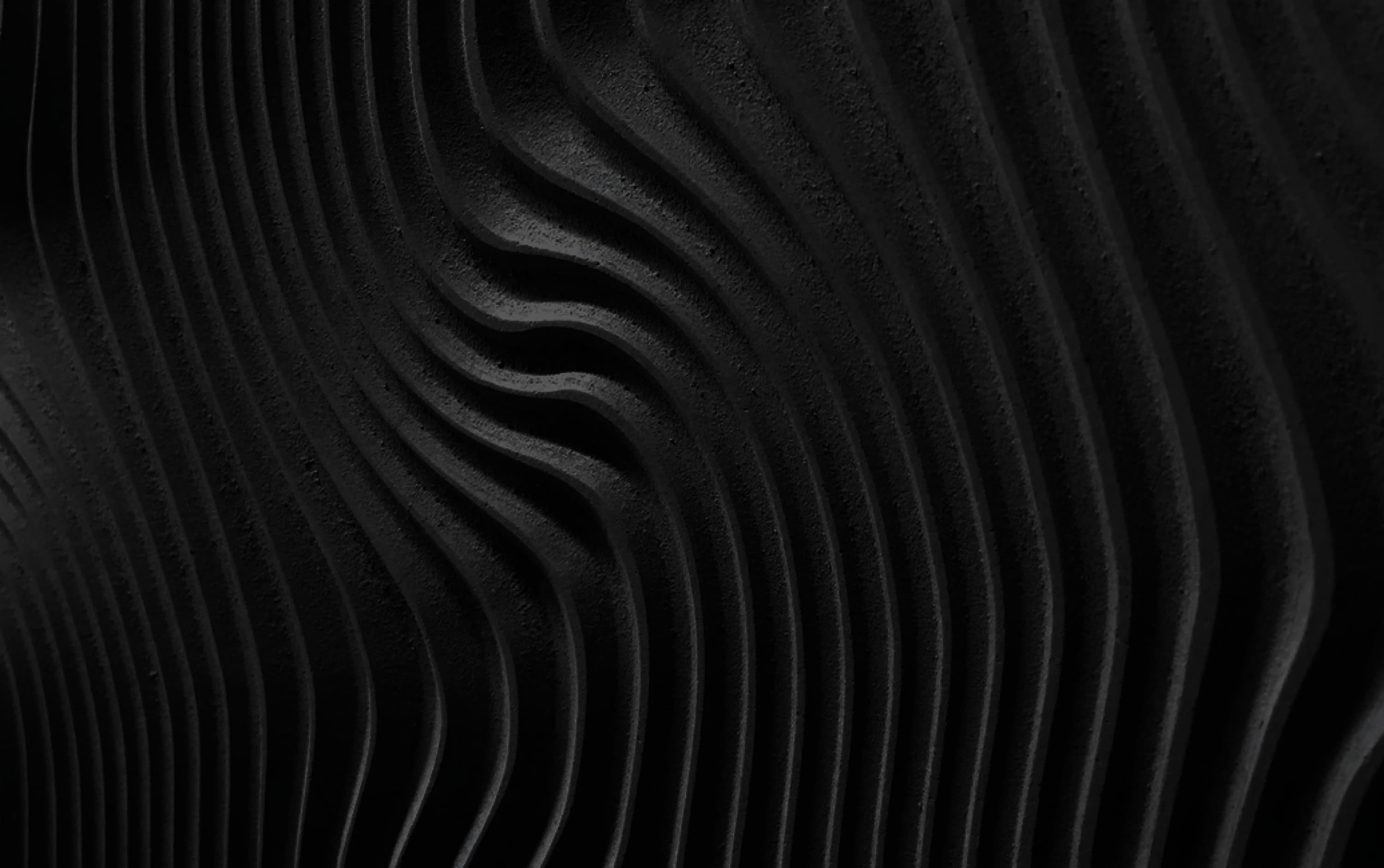L-Acoustics HYRISS Showroom: Precision Acoustics Using Treble
HYRISS: Hyperreal Immersive Sound Space developed by L-Acoustics
HYRISS, the Hyperreal Immersive Sound Space developed by L-Acoustics, was designed as a reference showroom to demonstrate high-performance spatial audio within a residential-scale context. The space integrates L-Acoustics’ complete audio ecosystem including fifteen wall-mounted Soka loudspeakers, twelve ceiling-mounted X6i units, a central X8i channel for cinema applications, and thirty-two SB10i subwoofers.
All transducers are recessed and concealed within the architecture to preserve visual neutrality. Amplification is handled by three LA7.16i units while the L-ISA Processor manages spatialization and acoustic scene control. The Ambiance system, enabled by ceiling-mounted microphones and real-time convolution through the Room Engine, allows the acoustic characteristics of the room to shift depending on the intended use.
The aim of HYRISS was to deliver adaptive, immersive sound without compromising the aesthetic or acoustic quality of the space.
Acoustic preservation under retrofit constraints
The project differed from typical acoustic consulting engagements in that the room already existed and had favorable acoustic characteristics. It had previously been treated with custom-designed membrane absorbers and diffusers which were removed to accommodate the new loudspeaker infrastructure.
This created a high-risk scenario where the existing acoustic quality had to be preserved using an entirely different architectural and technical configuration. Initial measurements indicated that the structure itself exhibited strong low-frequency absorption due to its lightweight walls and cavities. However, conventional simulation tools failed to replicate this behavior with sufficient accuracy.
Specifically, traditional geometrical acoustics solvers predicted an overemphasized low-frequency response and could not simulate the 63 Hz octave band at all. These limitations introduced ambiguity into early design decisions where precise understanding of modal behavior and boundary effects was essential.
According to the project team, “we wanted extra precision to provide clarity before pursuing such design options.”
Adopting wave-based simulation for clarity and precision
The decision to use the Treble Web Application was driven by its ability to model low-frequency wave behavior with a high degree of fidelity. Unlike ray-based methods, Treble’s solver applies finite element modeling in the low and mid frequency range, capturing modal resonances, pressure distributions, diffraction and phase interactions that are crucial in small room environments.
Treble’s simulation results indicated that the low-frequency response of the proposed design was significantly more controlled than traditional tools had suggested. This removed the need for introducing custom bass traps or invasive construction and allowed the team to proceed with confidence.
In addition to the solver, Treble’s surrounding workflow tools contributed to the iterative design process. Geometry was developed and updated via a SketchUp plug-in which allowed for rapid validation. The platform also provided feedback on model integrity during import, reducing setup errors and saving time.
One particularly challenging aspect was predicting the performance of absorptive materials within 200 millimeter cavities in the wall structure. Manufacturer data did not extend to these thicknesses, making empirical modeling impossible. Treble’s Material Builder tool allowed the team to estimate absorber performance based on known values and derive custom material profiles for use in simulation.
Reflection analysis and auralization features were applied to assess the potential for flutter echoes introduced by the placement of parallel video screens. Angling the screens was evaluated and rejected on practical grounds. Using Treble, the team verified through reflection tracking and spatial playback simulations that the resulting reflections would not degrade loudspeaker clarity or introduce tonal coloration.
These auralizations were shared across stakeholders to support design reviews and accelerate decision-making. In Simon’s words, “the ability to share convincing sounding auralizations was a great way to share design iteration with the rest of the team and to make informed choices in a non-technical way.”
Validated simulation outcomes and acoustic performance
Upon completion of the installation, acoustic measurements were conducted and compared with Treble’s predictions. The results confirmed a high degree of alignment, particularly in the low frequency range where prior tools had failed.
Treble’s ability to resolve bass behavior with greater fidelity allowed the project team to avoid complex bass control methods that would have added cost, delay and visual intrusion. The final space exhibited a controlled and well-balanced acoustic profile, closely matching the sonic character of the original treated room.
As Simon notes, “Treble provided us with confidence that the design would fulfill the brief and saved us exploring advanced methods of bass control which would have added time, cost and complexity.”
Shifting acoustic workflows through simulation accessibility
The HYRISS project exemplifies how wave-based simulation, when made accessible through modern tools, can transform acoustic design in architecturally sensitive environments. Treble enabled rapid iteration, real-time collaboration and confident decision-making through perceptually accurate simulations and full-spectrum modeling.
In environments where low-frequency performance and spatial fidelity are critical, Treble resolves challenges that conventional solvers cannot. According to the design lead, “Treble provides an entry to wave-based simulation without the complexities which have restricted its widespread use up to this point.”
The collaboration between Treble and L-Acoustics sets a precedent for integrating high-resolution acoustic simulation into immersive system design. As Simon concluded, “there are many opportunities to develop tools that can really aid both the acoustician and the sound system designer. The collaboration between Treble and L-Acoustics is an exciting development which promises to really push what is possible in this regard.”
Treble provided us with confidence that the design would fulfill the brief and saved us exploring advanced methods of bass control which would have added time, cost and complexity.
